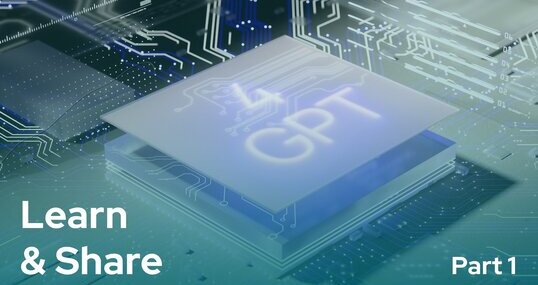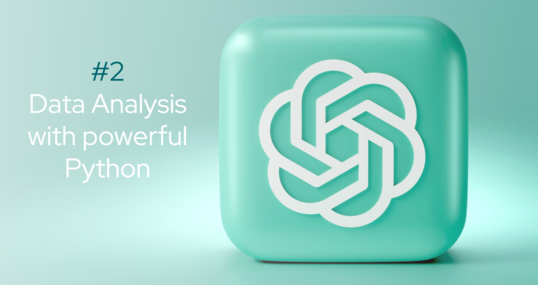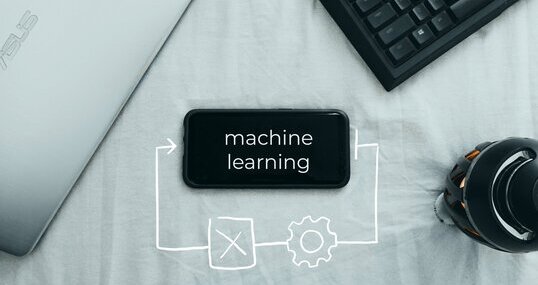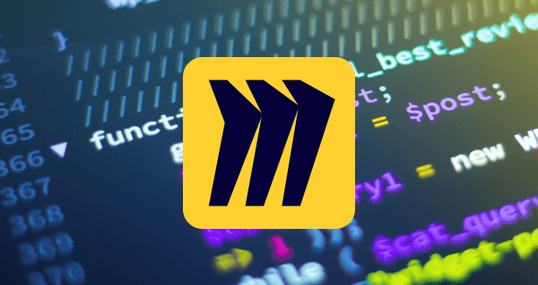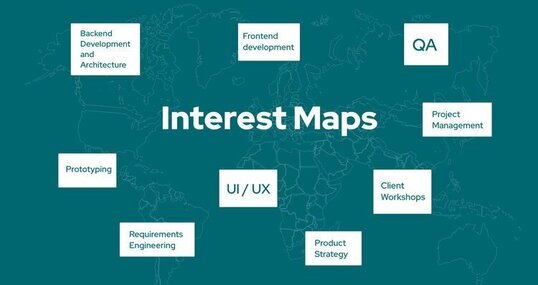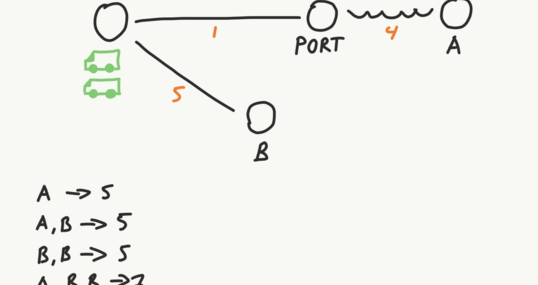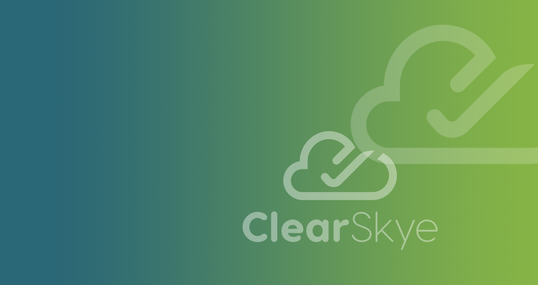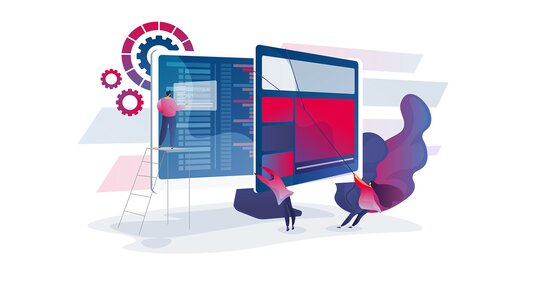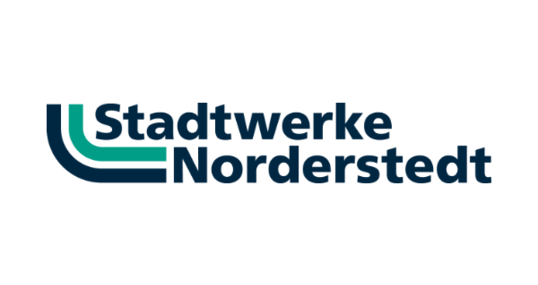Last year I gifted a design systems book I had been reading (“Laying the Foundations” by Andrew Couldwell) to a friend; a few months later, she suggested starting a mini book club so that she’d have some accountability to finish reading the book. I took her up on the offer and so in late spring, our design systems book club was born. Here are a couple of things I learned from running my very first remote book club with my friend Sara!
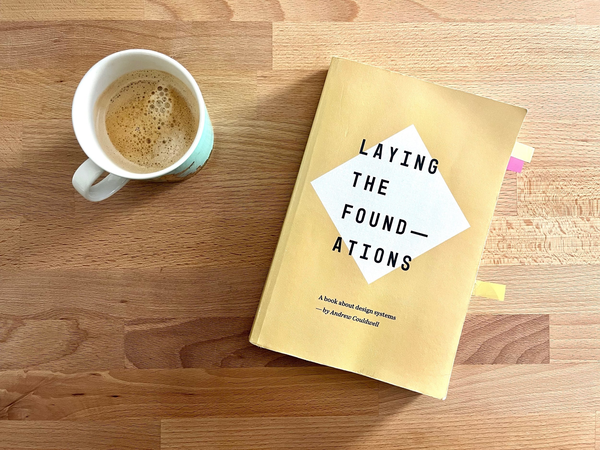
About Design Systems
There are a few differing opinions on what a design system is (or isn’t); generally, a design system is a collection of reusable components guided by specific standards, allowing designers and developers to develop and assemble an application in a consistent way. At its best, the design system is built on top of a brand’s or product’s foundations and can be changed and adapted as strategies, markets and trends evolve.
#1: Sometimes you just have to start
In his book “Atomic Habits”, James Clear talks about what is needed to build a habit. Often, we fail at the habits we want to build because we have high expectations of ourselves: Going to the gym 3 times a week, eating “healthy” every day, cutting sugar from our diet completely, getting up every morning at 5am, meditating every day for 15 minutes, reading one book a week. We start off strong and then, life happens and we lose steam. Suddenly, meditating for 3 or 5 minutes seems pointless, going to the gym only once this week unnecessary. Soon enough, we’re back to where we started.
Sometimes, the best way to start something is simply to start. So in our case, starting a book club looked like this: Getting two people together, suggesting a recurring day / time slot, creating a calendar event.
#2: …But it’s also ok to be hyper prepared
I’m a planner. So to me a book club is also a Book Club: It needs a name, a Signal chat group to communicate, a shared document with some prepared questions and discussion points, and of course I won’t rest until that document looks nice (i.e. good typography, a touch of colour, and emojis where necessary). This isn’t for everyone (for example: my buddy Sara is more of the spontaneous type, so I ended up automatically taking the lead on preparing questions and discussion points for every session without it feeling like a load for me and without her feeling guilty for it, because she knew I enjoyed doing the work). But if being hyper-prepared is for you, you should totally go ahead and BE hyper-prepared, because people will be thankful for it.
#3: Check in on wishes and expectations
People join things (clubs, events, groups) for a variety of reasons: The need to connect (especially in a sort-of-still-ongoing pandemic or in a season of life where connecting with peers is difficult) and find a community, wanting to learn something new, wanting to grow their network or jump-start their career, finding a mentor or looking for support.
One of the very first things we did in the first book club session was sharing what we want to get out of the book club and out of the book. I really liked doing that, because it gave us a way to align on what we wanted and to keep those wishes in the back of our heads as we shaped the ongoing conversation. It also let me see things from another perspective and be enchanted by someone else’s expectations: “Ah, interesting — this wasn’t something I’d thought of”.
#4: Let the conversation guide you
Speaking of conversation: While I love a good plan, I try not to let my planning steer me away from an interesting conversation. Sometimes staying on topic is needed; but a book club is the right place to let yourself explore topics you hadn’t thought of as they come up.
One thing that came up during one of our early book club meetings was the topic of seniority at a company, and how this may allow you to advocate for a design system better than someone who is less senior or has less of a voice. This led us to talk about what seniority actually means: years of experience on that role? Years of tenure at that particular company? Years of experience in that industry, or in the job market overall?
We also talked about accessibility and sustainability and how designers and developers may approach these topics differently: How do we take into account accessibility and “situational physical accessibility” (e.g. designing for older devices and spotty networks) when building systems that are sustainable and component-driven? Where do designers and engineers overlap, where do they have differing approaches (and perhaps opinions)?
These are all topics I didn’t necessarily expect to come up, but which I’m grateful did.
#5: Better together
I’ve been really enjoying learning from “Laying the Foundations”. While I’m not done with the reading yet, I would recommend the book to people who are interested in having a general overview of what design systems are and can be, and who want to have some practical tips on starting a design system at their own company (by finding allies and selling the idea of a design system).
Though just reading the book was already an awesome experience, being able to share my thoughts on each chapter every two weeks with a friend and hearing about her perspective made it a hundred times better. Doing this “buddy read” also forced me to keep reading even when I thought I didn’t have the time or the energy, and it never felt like wasted time.
The problem with “technical books” is that it can be difficult to apply the knowledge right away. Some books are more “hands on” than others, and as a person who likes to learn by doing, I really need a more active approach to a topic than simply reading about it. If you feel the same, or if you sometimes feel like technical books are a little dry, it can be super helpful to have a low key book club with a friend — it helps make the reading more fun, lets you dissect topics together and think about different applications of certain key concepts.

































